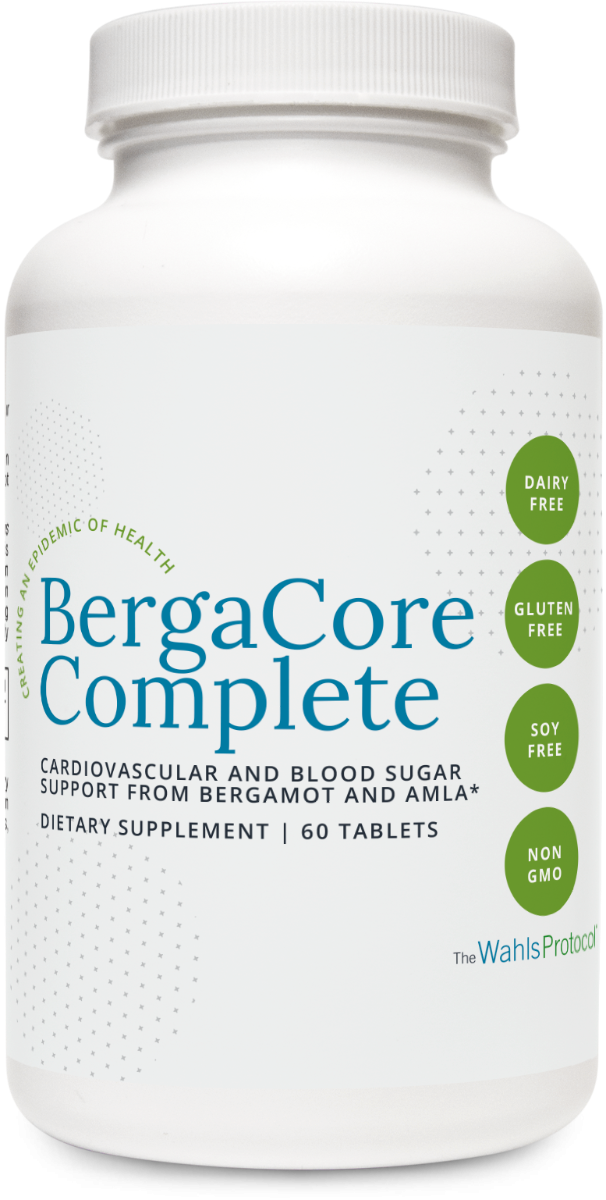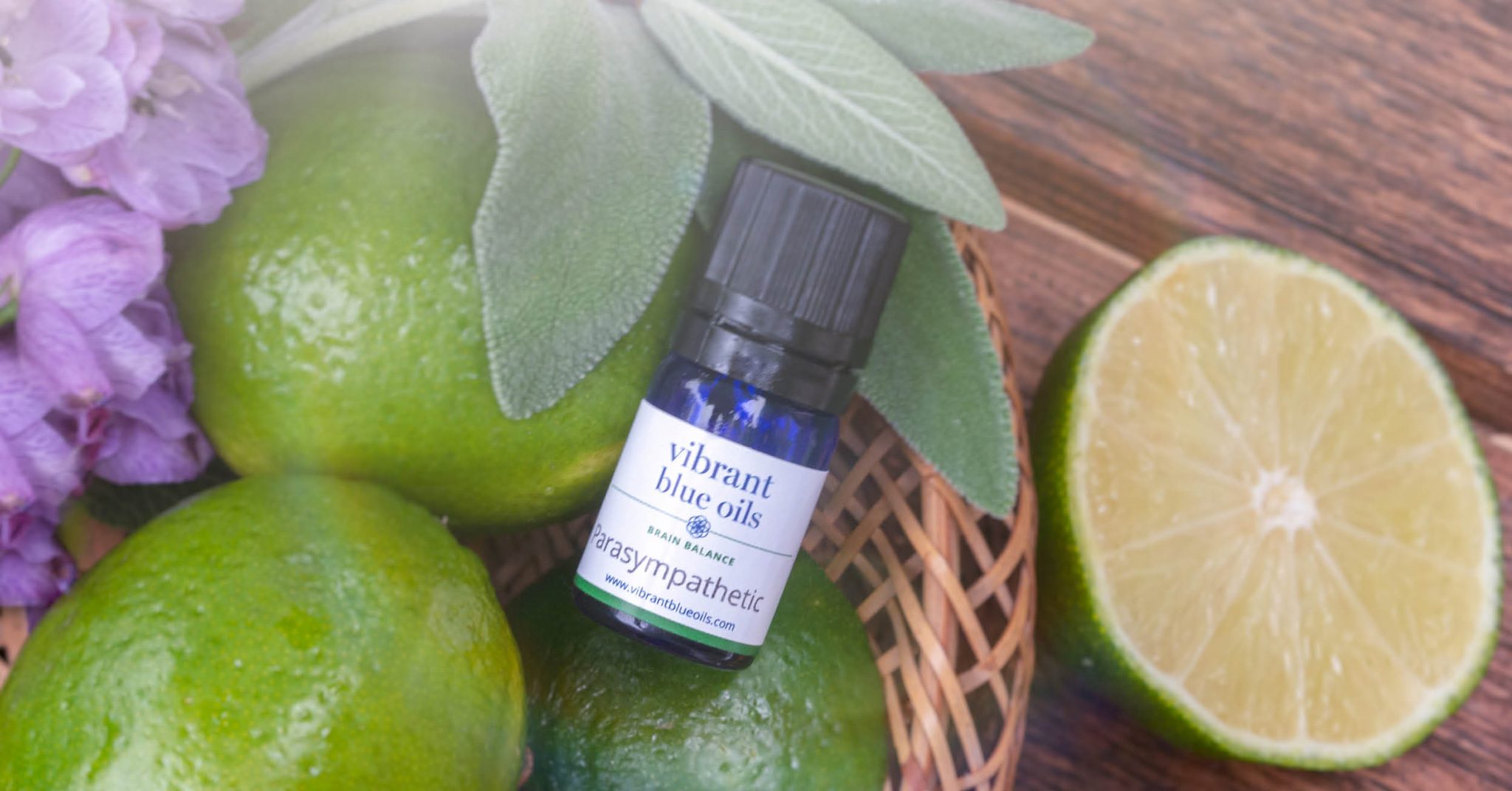Nitric oxide, blood vessels, lipids, and blood sugar metabolism – What is the connection to our health?
Do you know about nitric oxide? This molecule is a major contributor to health and disease. And though you may not know it, your daily habits may be damaging the nitric oxide levels in your body and brain.
Nitric oxide is a molecule made in our cells that regulates many functions in the human body, including blood vessel function, heart function, blood sugar metabolism, immune function, and brain function. We are just beginning to understand the role of nitrates and nitric oxide in health and disease.
Green leafy vegetables and beets contain nitrate, which can be further reduced into various compounds. Nitrate is absorbed into the bloodstream from the intestines. Some of that nitrate is delivered to our salivary glands, where it becomes part of our saliva. The bacteria that live in our mouth change the nitrate to nitrite, which is more reactive. Nitrite also becomes nitrogen oxide as well as other bioactive nitrogen species in the stomach.
These nitrogen compounds have many effects. In the brain, they are associated with increased blood flow to the prefrontal cortex (where we make executive decisions). They improve mitochondrial efficiency and muscle function. As they flow through blood vessels, they reduce vessel stickiness, improve fluidity of red blood cells, and cause dilation, which improves blood vessel health. Finally, they improve the mobilization of stem cells.1
If we don’t have enough nitrates in our diet—that is not enough green leafy vegetables and/or beets—these processes and pathways can derail. Another factor that impacts nitric oxide is the use of mouthwash.1-3 Mouthwash kills bacteria in the mouth that are required to reduce nitrate in the saliva to nitrites.1,3 Dysbiosis, that is having the wrong bacteria in the mouth, can lead to problems with nitric oxide metabolism, which in turn can lead to a number of health problems. Bleeding gums from teeth brushing suggests that there is the wrong mix of bacteria in the mouth and thus a higher risk of problems with nitric oxide metabolism. I tell my patients to brush and floss their teeth twice a day and not use mouthwash. If they have bleeding gums, they should also take a probiotic.
Two important compounds that can support nitric oxide pathways are bergamot, a citrus fruit, and amla extract, an Indian gooseberry. Research has found that both bergamot juice 4-6 and amla extract7 boost the production of nitric oxide. In addition, both supplements have favorable impacts on blood lipids and blood sugar metabolism.
Bergamot boosts nitric oxide levels and also improves lipid profiles, reducing total cholesterol, triglycerides, and the small dense LDL particles associated with atherosclerosis.5-9 HDL, or “good cholesterol,” was also improved8. apolipoprotein B, apolipoprotein a1, and oxidized LDL cholesterol were all reduced with bergamot.9 Notably, for those with a hemoglobin a1c of >5.4%, insulin sensitivity was improved. Larger reductions were also seen in oxidized LDL, apolipoprotein B, and apolipoprotein a1c for those with lower a1c values.9
Amla extract improves blood lipids and glucose metabolism.10 It also reduces total cholesterol, very low-density cholesterol, apolipoprotein B, and apolipoprotein a1, all without compromising coenzyme-Q levels, which are lowered by the statin class of cholesterol-lowering drugs. Amla extract was also associated with improved blood lipids and lower hemoglobin a1c, comparable to what was achieved using metformin in patients with type 2 diabetes.11 Amla extract has consistently been associated with improved blood lipids and blood glucose in meta-analyses of studies that used amla extract in patients with diabetes.12
My take on all of this is that bergamot and amla are nutraceuticals that can help improve blood lipids and blood glucose metabolism. The data also suggest that they are beneficial for boosting nitric oxide levels. For those who have elevated total cholesterol, apolipoprotein B, or apolipoprotein a1, which are difficult to treat with prescription medications, adding bergamot and/or amla supplements may be beneficial. For those with insulin resistance or a hemoglobin a1c >5.4%, adding bergamot or amla may be particularly beneficial for improving blood lipids and blood sugar metabolism. And for those wanting to boost nitric oxide and blood vessel health, these supplements may also be beneficial.
Strategies to boost nitric oxide have been proposed for clinical trials investigating treatments for high blood pressure, heart failure, pulmonary hypertension, and exercise performance. They may also be beneficial for treatment of traumatic brain injury, neuroimmune problems like multiple sclerosis, and neurodegenerative problems like Parkinson’s and Alzheimer’s.13,14 If you have one of those conditions, increase your dietary nitrates (greens and beets), avoid mouthwashes, eat more fermented foods, and consider adding a probiotic. Talk to your medical team about your lipids and hemoglobin a1c and whether adding bergamot and/or amla supplements may further support your nitric oxide levels, lipids, and blood sugar metabolism.
The Wahls Protocol® Supplement line carries BergaCore Complete, which combines the antioxidant activity of bergamot (Citrus bergamia) with the tonifying superfruit of amla (Phyllanthus emblica).
Bergamot is used traditionally in Italy to support cardiovascular wellness. Amla is revered in Ayurveda for its role in cardiovascular health, and this use has been validated in modern human clinical trials.
Research suggests that the lipid- and glucose-balancing flavonoids of bergamot and amla help maintain healthy cholesterol levels already within normal range and support healthy blood glucose metabolism.*
References:
-
Lundberg JO, Weitzberg E. Nitric oxide signaling in health and disease. Cell. 2022;185(16):2853-2878.
-
Nordvall SL, Janson C, Kalm-Stephens P, Foucard T, Toren K, Alving K. Exhaled nitric oxide in a population-based study of asthma and allergy in schoolchildren. Allergy. 2005;60(4):469-475.
-
Piirila P, Rouhos A, Kainu A, Sovijarvi AR. Reduction of fractional exhaled nitric oxide (FENO) and its variation by mouth wash. Scand J Clin Lab Invest. 2012;72(3):253-257.
-
Ferlazzo N, Cirmi S, Maugeri A, et al. Neuroprotective Effect of Bergamot Juice in 6-OHDA-Induced SH-SY5Y Cell Death, an In Vitro Model of Parkinson’s Disease. Pharmaceutics. 2020;12(4).
-
Mollace V, Rosano GMC, Anker SD, et al. Pathophysiological Basis for Nutraceutical Supplementation in Heart Failure: A Comprehensive Review. Nutrients. 2021;13(1).
-
Plastina P, Apriantini A, Meijerink J, Witkamp R, Gabriele B, Fazio A. In Vitro Anti-Inflammatory and Radical Scavenging Properties of Chinotto (Citrus myrtifolia Raf.) Essential Oils. Nutrients. 2018;10(6).
-
Kumaran A, Karunakaran RJ. Nitric oxide radical scavenging active components from Phyllanthus emblica L. Plant Foods Hum Nutr. 2006;61(1):1-5.
-
Cicero AFG, Fogacci F, Bove M, Giovannini M, Borghi C. Three-arm, placebo-controlled, randomized clinical trial evaluating the metabolic effect of a combined nutraceutical containing a bergamot standardized flavonoid extract in dyslipidemic overweight subjects. Phytother Res. 2019;33(8):2094-2101.
-
Babish JG, Dahlberg CJ, Ou JJ, et al. Synergistic in vitro antioxidant activity and observational clinical trial of F105, a phytochemical formulation including Citrus bergamia, in subjects with moderate cardiometabolic risk factors. Can J Physiol Pharmacol. 2016;94(12):1257-1266.
-
Upadya H, Prabhu S, Prasad A, Subramanian D, Gupta S, Goel A. A randomized, double blind, placebo controlled, multicenter clinical trial to assess the efficacy and safety of Emblica officinalis extract in patients with dyslipidemia. BMC Complement Altern Med. 2019;19(1):27.
-
Majeed M, Mundkur L, Paulose S, Nagabhushanam K. Novel Emblica officinalis extract containing beta-glucogallin vs. metformin: a randomized, open-label, comparative efficacy study in newly diagnosed type 2 diabetes mellitus patients with dyslipidemia. Food Funct. 2022;13(18):9523-9531.
-
Setayesh L, Haghighat N, Rasaei N, et al. The impact of Emblica Officinalis (Amla) on lipid profile, glucose, and C-reactive protein: A systematic review and meta-analysis of randomized controlled trials. Diabetes Metab Syndr. 2023;17(3):102729.
-
Charriaut-Marlangue C, Bonnin P, Pham H, et al. Nitric oxide signaling in the brain: a new target for inhaled nitric oxide? Ann Neurol. 2013;73(4):442-448.
-
Choi S, Saxena N, Dhammu T, et al. Regulation of endothelial barrier integrity by redox-dependent nitric oxide signaling: Implication in traumatic and inflammatory brain injuries. Nitric Oxide. 2019;83:51-64.





